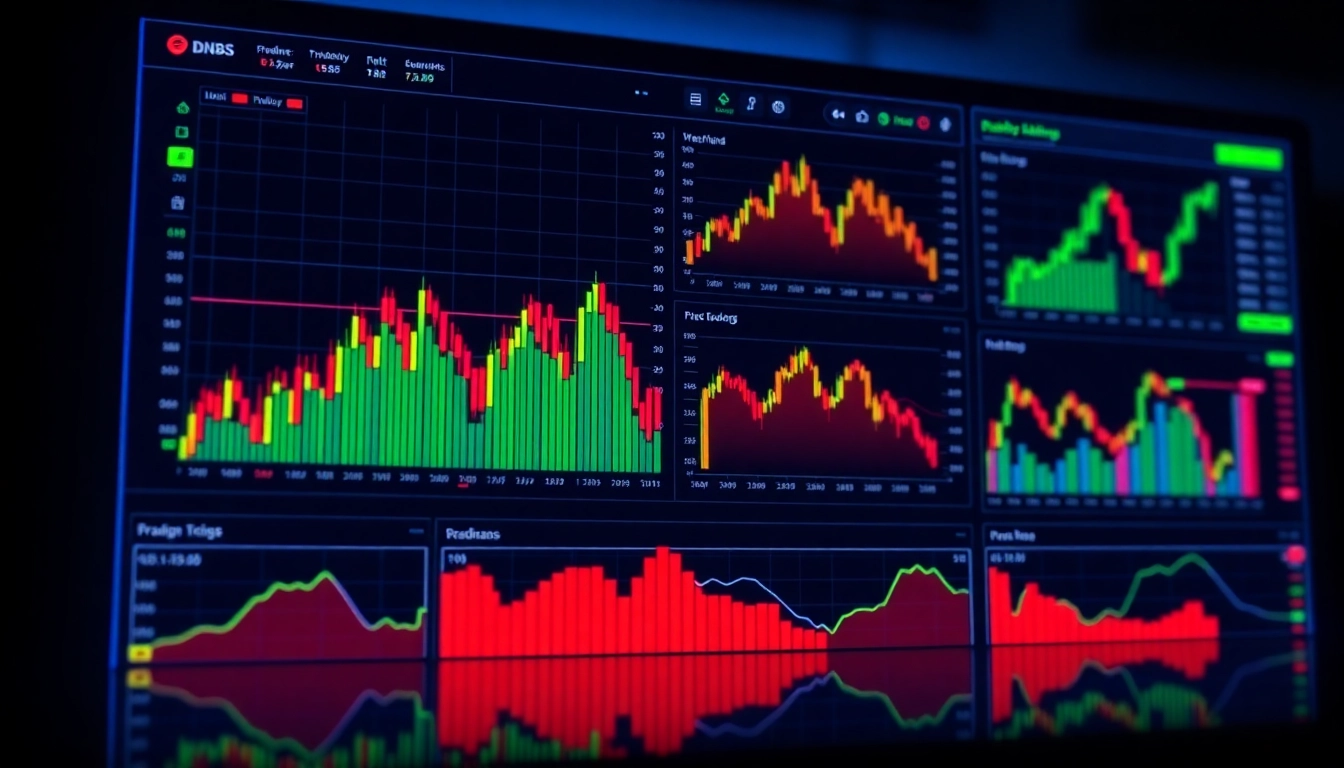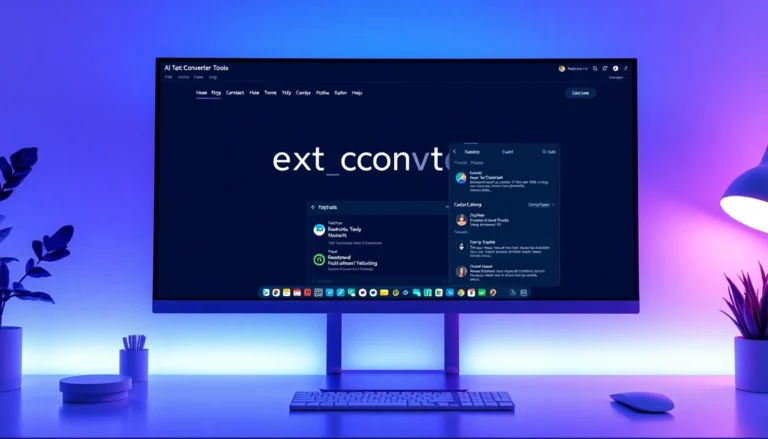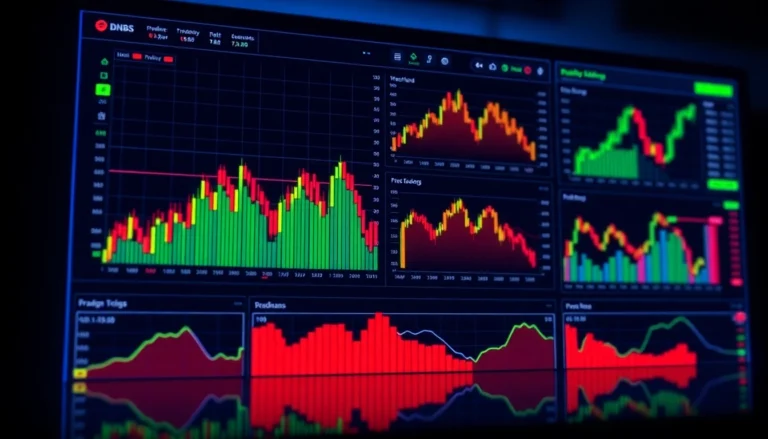
Understanding Trading View: Features and Benefits
Introduction to Trading View’s Core Tools
In today’s fast-paced financial markets, having instant access to comprehensive data visualization and analysis tools is crucial for traders and investors alike. Trading view has established itself as a leading platform that combines powerful charting capabilities with social and analytical features, making it an indispensable resource for market participants worldwide. Whether you are a seasoned trader or a beginner exploring market dynamics, understanding Trading View’s core tools can significantly enhance your trading efficacy.
At its core, Trading View offers an extensive suite of features that include advanced charting software, a broad array of technical indicators, real-time data feeds, and a social network for sharing ideas. The platform supports multiple asset classes, including stocks, cryptocurrencies, forex, commodities, and indices, enabling traders to analyze global markets within a single interface. For those who seek a versatile and user-friendly experience, trading view provides an integrated environment for comprehensive market analysis.
Noteworthy features include customizable chart layouts, multi-timeframe analysis, and scriptable technical indicators via Pine Script, allowing traders to develop personalized strategies. Additionally, Trading View’s cloud-based architecture ensures that users can access their workspace and data anywhere, anytime, across multiple devices—desktop, tablet, or mobile—making it a seamless experience.
Benefits for Traders and Investors
The platform’s multifaceted approach offers notable advantages for traders and investors. Firstly, its visual-centric design allows for quick comprehension of complex market data through sophisticated charts and indicators. This visual clarity aids in timely decision-making, which is crucial in volatile markets.
Trading View also fosters a vibrant community of traders who share ideas, strategies, and market insights. This social component enhances learning and keeps users updated with emerging trends and trading techniques. The real-time alerts and notifications ensure you never miss critical market movements, empowering you to act swiftly.
From a practical standpoint, the ability to save and share trading setups, annotate charts, and collaborate makes Trading View a valuable tool for both individual traders and professional teams. Its versatility can improve your trading discipline by encouraging systematic analysis and continuous learning.
How Trading View Enhances Market Insight
Market insights are fundamental to developing successful trading strategies. Trading View enhances this by providing access to a wealth of data sources and analytical tools. Users can monitor multiple markets simultaneously and compare different assets through synchronized multiple charts, fostering a holistic view of financial conditions.
Advanced features such as social ideas, sentiment analysis, and community commentary act as additional intelligence layers. Traders can gauge market sentiment by reviewing popular ideas and discussions, which often reflect collective trader psychology and potential turning points.
Furthermore, the integration of real-time news feeds, economic calendars, and customizable alerts ensures that traders stay updated with macroeconomic events and sector-specific developments—crucial factors influencing asset prices.
Setting Up Your Trading View Workspace for Success
Customizing Charts and Indicators
Tailoring your workspace is essential for optimizing efficiency. Trading View allows extensive customization of charts, enabling users to select preferred color themes, grid styles, and template layouts. Setting up multiple indicators—such as Moving Averages, RSI, MACD, Bollinger Bands—allows traders to adapt their analysis to specific strategies.
For advanced users, Pine Script enables the creation of custom indicators and strategies, providing a personalized edge. Visualization tools like pattern drawings, trend lines, and Fibonacci retracements further aid in identifying key support and resistance levels.
Creating Watchlists and Alerts
Effective market tracking depends on organizing assets logically. Watchlists help you monitor selected securities efficiently, with the flexibility to categorize by asset class, sector, or strategy. You can customize alert conditions based on price levels, indicator signals, or volatility measures, ensuring prompt reactions to market changes.
Alerts can be sent via email, SMS, or platform notifications, creating a proactive approach to trading. Automating alerts avoids constant manual monitoring, freeing you to focus on strategic decisions.
Integrating Trading Strategies Seamlessly
Strategy integration involves combining your analysis tools with order execution plans. Trading View’s platform supports connectivity with brokerage accounts for direct trading execution in certain configurations, streamlining the transition from analysis to action. Setting predefined trade setups within the platform helps maintain discipline and reduces impulsive decisions.
Regularly reviewing your strategy performance and adjusting parameters based on market conditions enhances overall trading success. The reusable nature of custom templates aids in rapid deployment across different assets and timeframes.
Advanced Chart Analysis Techniques Using Trading View
Using Technical Indicators Effectively
Technical indicators serve as the backbone of market analysis. Effective use involves understanding their roles and limitations. For example, moving averages smooth price data to identify trend directions, while oscillators like RSI highlight potential overbought or oversold conditions.
Combining multiple indicators—known as confluence—can reliably signal trade opportunities. Divergences between price and indicators often hint at trend reversals, providing valuable entry or exit points.
Identifying Trends and Breakouts
Trend identification involves analyzing chart patterns and indicator signals. Tools like trend lines, channels, and moving average crossovers help delineate current market momentum. Recognizing breakouts—price movements beyond established support or resistance levels—can signal strong directional shifts.
Confirming breakouts with volume spikes, volatility expansion, or oscillator signals reduces false signals and improves trade accuracy.
Leveraging Social Trading and Community Insights
One of Trading View’s unique strengths is its active community. Analyzing shared ideas offers crowd-sourced insights and diverse perspectives. Spotting consensus on specific assets or patterns can boost confidence in your trading decisions.
Engaging with the community also accelerates learning; you can see how experienced traders interpret similar setups, gaining their insights and refining your analysis techniques.
Practical Tips for Maximizing Trading View’s Potential
Implementing Risk Management Strategies
Incorporate risk management by setting stop-loss and take-profit levels directly within your charts. Trading View’s alert system can notify you if the market moves against your position, allowing timely adjustments. Using position sizing and diversification documented within your workspace helps protect against significant losses.
Syncing Multiple Devices for Real-Time Trading
Synchronization across desktops, tablets, and smartphones ensures all your analysis and alerts are accessible wherever you are. Logging into your Trading View account on multiple devices guarantees your workspace remains consistent and updated, facilitating seamless transition between analysis sessions and live trading.
Analyzing Historical Data for Better Predictions
Historical chart analysis uncovers recurring patterns and seasonality effects. Backtesting strategies on prior data helps assess their robustness before application in live markets. Trading View’s extensive archives and replay features enable skillful evaluation of past market conditions and strategic refinement.
Measuring Your Trading Performance and Growth
Tracking Key Metrics and Progress
Quantitative performance tracking is essential for improvement. Metrics such as win/loss ratio, average gain/loss, and risk-reward ratio help evaluate trade effectiveness. Trading View’s journal features and custom dashboards provide clear visualizations of your trading history.
Using Feedback and Community Ideas
Regularly reviewing your trades and community insights fosters adaptive learning. Feedback from experienced traders and peer review can identify strengths and areas for improvement, enabling continuous skill development.
Adapting Strategies Based on Data Insights
Data-driven adjustments enhance your trading edge. Analyzing your performance metrics and market responses allows you to refine indicators, entry/exit criteria, and risk parameters, ensuring your approach evolves with market conditions.





